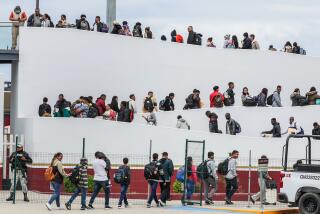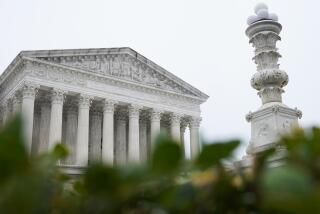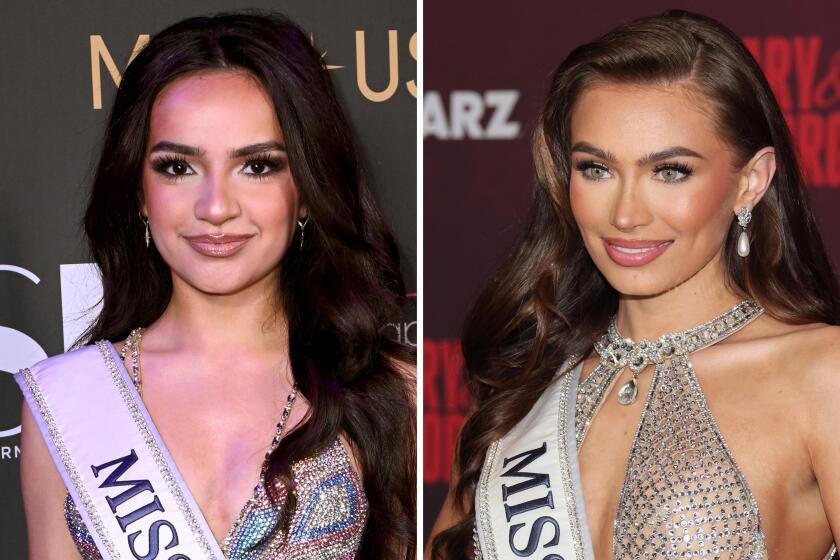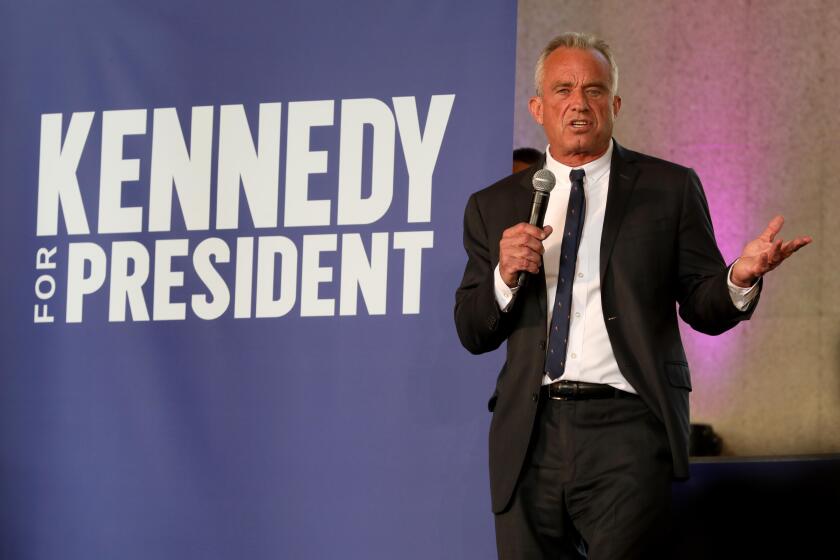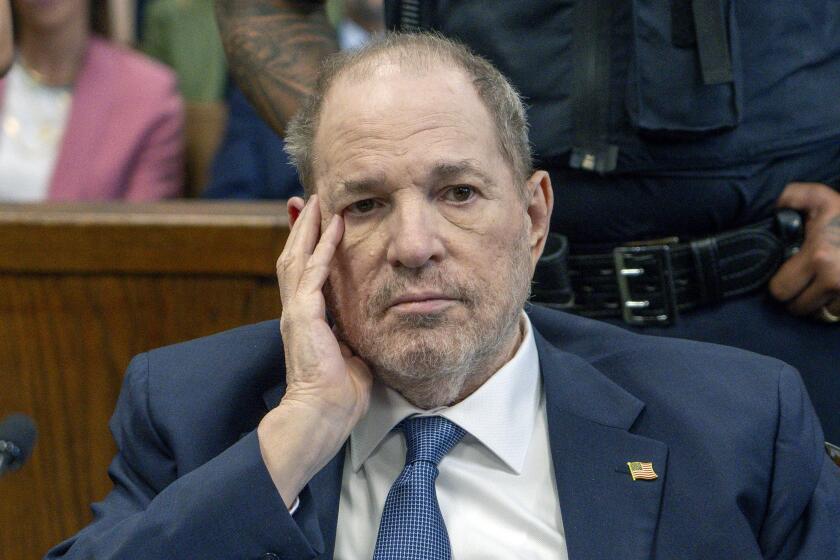A LOOK AHEAD / Hoping to avoid a repeat of the 1990 undercount on reservations, estimated by government officials at 12% . . . : Native Americans, U.S. Join Forces for 2000 Census
It’s a government line that Native Americans have heard before: trust us.
But Ron Andrade, an American Indian tribal specialist for the U.S. Census Bureau, and Native American leaders say the minority has too much at stake--including millions of dollars in federal funding and political clout--to risk an inaccurate tally in the 2000 census.
“Come up to the 1990s and you have guys like me saying, ‘Trust me,’ ” Andrade said recently. “They go, ‘Oh no, we aren’t going to do that.’ ”
Inaccurate numbers could lead to “statistical extinction” of her people, said Glenda Ahhaitty, who serves on the Los Angeles City-County Native American Indian Commission and a Census Bureau advisory committee on Native Americans.
Census officials say they think their 1990 count missed 12.2% of the nation’s Native Americans living on reservations. (They also think they missed 4.4% of African Americans, 5% of Latinos and 0.7% of whites.)
Although Los Angeles County is home to the largest urban Native American population in the United States, the exact number is disputed. The bureau says there are 45,508 Native Americans in the county based on race.
But a 1997 report by the City-County Native American Indian Commission contends the Census Bureau’s number of 76,899 based on ancestry provided a better snapshot of the community.
Andrade has spent the last year working out of the Census Bureau’s regional office in Van Nuys, meeting with tribal governments on reservations throughout Central and Southern California.
At times, he said, he has had to gently coax proud egos to forgo the old ways. Instead of writing an obscure clan name on government forms, he urges them to use one of the region’s 45 federally recognized tribal names.
But the new way can sometimes open old wounds to a time when unrelated tribes were forced to live together on reservations.
“One woman told me, ‘Don’t call me Morongo,’ ” he said, recalling a visit to the Morongo Indian Reservation in Riverside County. Andrade said the two reached a compromise. She used a hyphenated name combining Morongo and her clan name.
While many Native Americans are trying to recapture their culture, Andrade said, the Census Bureau sends the opposite message, telling them to ignore their tribal or clan names and use only those categories in the bureau’s database.
It doesn’t always work.
“Some of them say, ‘Well, just change your computer system,’ ” Andrade said.
A 1994 federal law allowing tribal governments to review address lists and maps to ensure their accuracy prior to the count should improve the 2000 census, Andrade said.
Reservations can be a hodgepodge of dusty, pocked roads, sometimes without street signs or addresses. Enumerators often missed residents in 1990 because they lacked housing information.
On some Southern California reservations, the undercount was as high as 60% to 70%, Andrade said.
A canvasser might think it was impossible for someone to live on some desolate, rocky road. “But they do,” Andrade said. “And by having the tribe work with us, they can say, ‘Yeah, someone lives up that road.’ ”
Crossed Signals Create Dead-Ends
Other reservation information also needs to be updated, Andrade said.
When the Census Bureau sent a letter this year to the Captain Grande reservation in San Diego County, it never received a response. That’s because no such tribal government exists, Andrade said. It was split into two reservations, Viejas and Barona, decades ago.
In Central California, the Census Bureau still lists some reservations as rancherias, a Spanish-based term that may offend Indians.
But an accurate count of urban Native Americans may be the most difficult task. They often travel frequently between city and reservation, making the itinerant population easy to miss. A growing number intermarry with non-Indians and may not list “Native American” as their race on census forms.
In many cases, full-blooded Native Americans can have Hispanic surnames, leading enumerators to assume they are Hispanic, said Rose Clark, a Navajo psychologist with United American Indian Involvement, a social service agency in Los Angeles.
And some Native Americans of mixed background may check the box on census forms asking if they are of Hispanic origin, which means they would not be counted as an Indian, said Clark, a consultant on the city-county Indian commission census study.
More Choices May Mean Less Power
The Census Bureau is also including an option next year that will allow respondents to check more than one racial category. But some minority group leaders fear it will dilute individual race counts, such as Native Americans.
The key number is race, which is used for federal funding and reapportionment, Andrade said. A concern among Native American leaders is that their people may not know the difference between race and ancestry.
Dave Rambeau, executive director of United American Indian Involvement, said funding at the agency remained flat after the 1990 census.
The agency provides primary dental and health care, alcohol and drug rehabilitation and mental health services for the county’s Native Americans.
“We’re concerned that if we don’t get a fair count of American Indians, our money base will dwindle again,” said Rambeau, a Paiute who is originally from Bishop.
More to Read
Start your day right
Sign up for Essential California for news, features and recommendations from the L.A. Times and beyond in your inbox six days a week.
You may occasionally receive promotional content from the Los Angeles Times.
